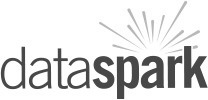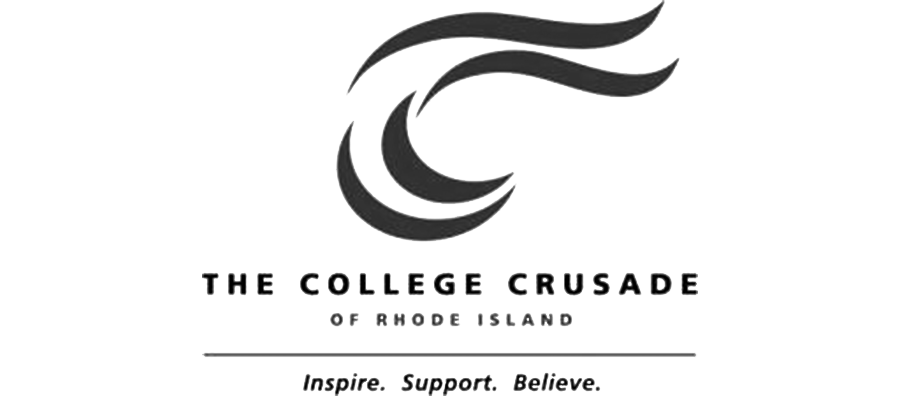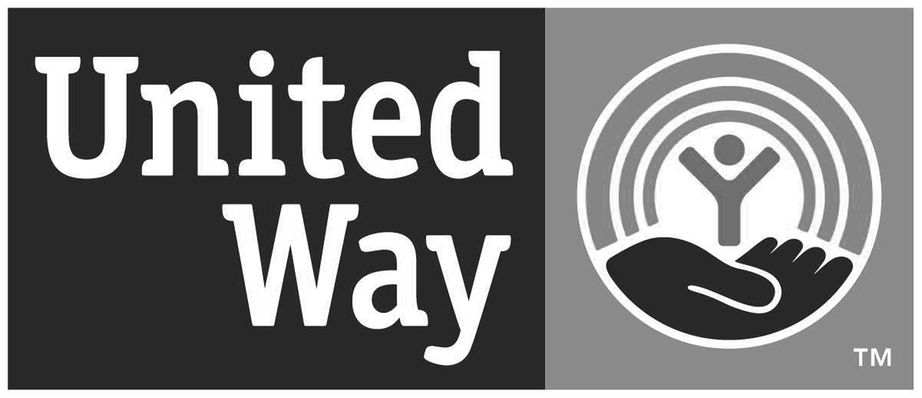The Value of Service in Rhode Island
AmeriCorps, a federal program designed to meet critical needs in areas such as education, the environment, and public safety, makes an outsized impact on Rhode Island. RI ranks 6th among the states for per capita AmeriCorps participation, and Providence ranks 2nd in the nation among midsize cities (1). Since the state's program began in 1994, more than 4,600 AmeriCorps members have provided 5.2 million hours of service to RI communities, valued at $122 million (2).

Why concentrate on AmeriCorps members in Rhode Island? Although any form of service is valuable, national service programs like AmeriCorps offer several features that set them apart:
- They leverage federal funding to address issues facing local neighborhoods.
- They offer training and structure to build skills and help ensure effectiveness.
- In addition to a living allowance, AmeriCorps offers student loan deferment and a post-service Segal Education Award, which members can apply toward higher education costs or toward repaying qualified federal student loans.
- AmeriCorps offers programs requiring varying levels of service, but all require at least 300 hours within a 12-month term, with full-time members serving 1,700+ hours during their term. This is important because volunteers who serve for at least 300 hours (termed high-intensity volunteers) are more likely to provide value and to reap the benefits of service.
The AmeriCorps State program is funded by the federal Corporation for National and Community Service (CNCS) and administered in the state by Serve Rhode Island.






















